Peer-Reviewed Publications
-
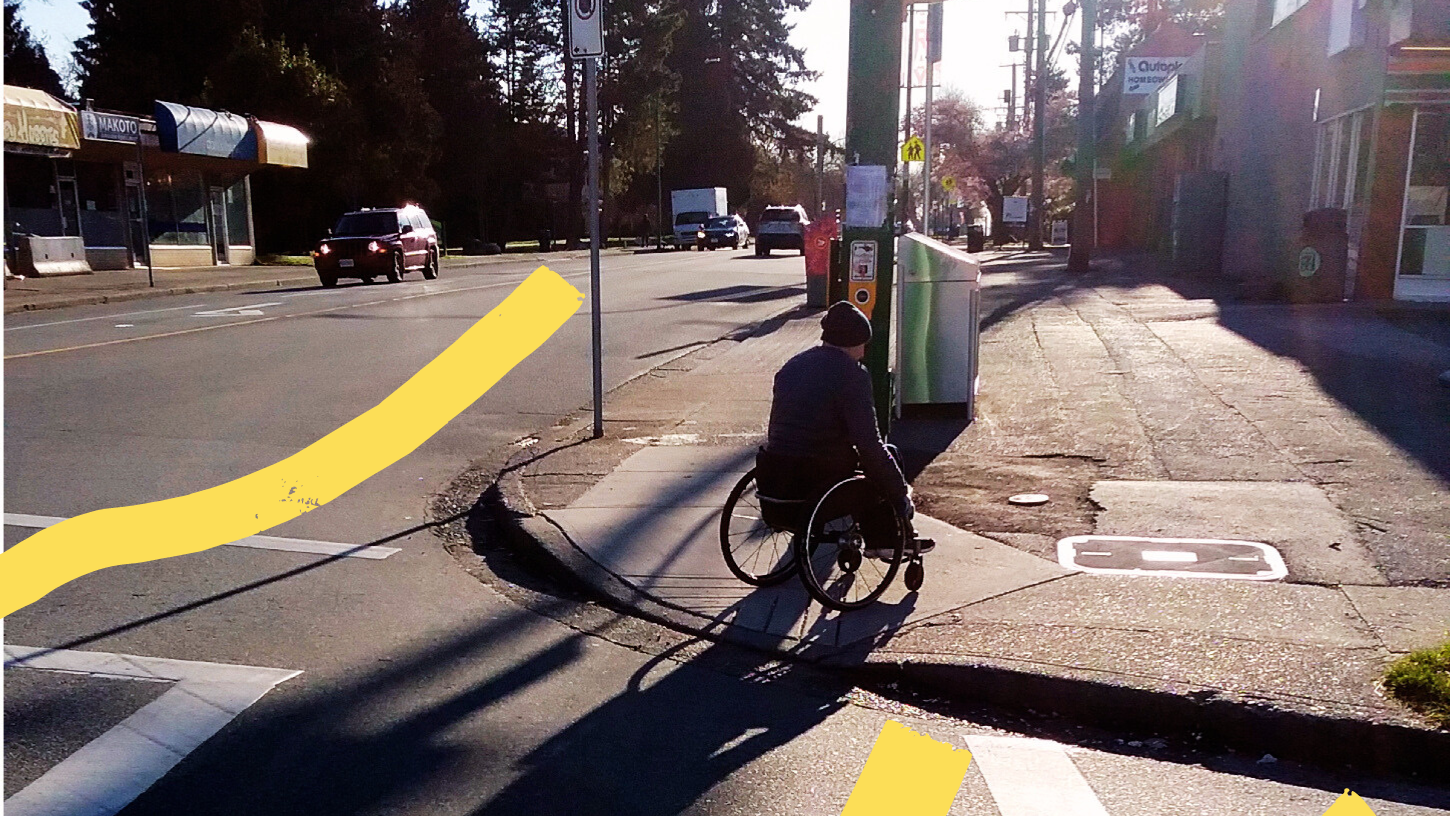
This article presents results from a study with 24 MAT users who collected observational and photographic data on neighbourhood environments in three municipalities in Metro Vancouver, British Columbia, Canada using the Stakeholders Walkability/Wheelability Audit in Neighbourhoods (SWAN) tool.
-
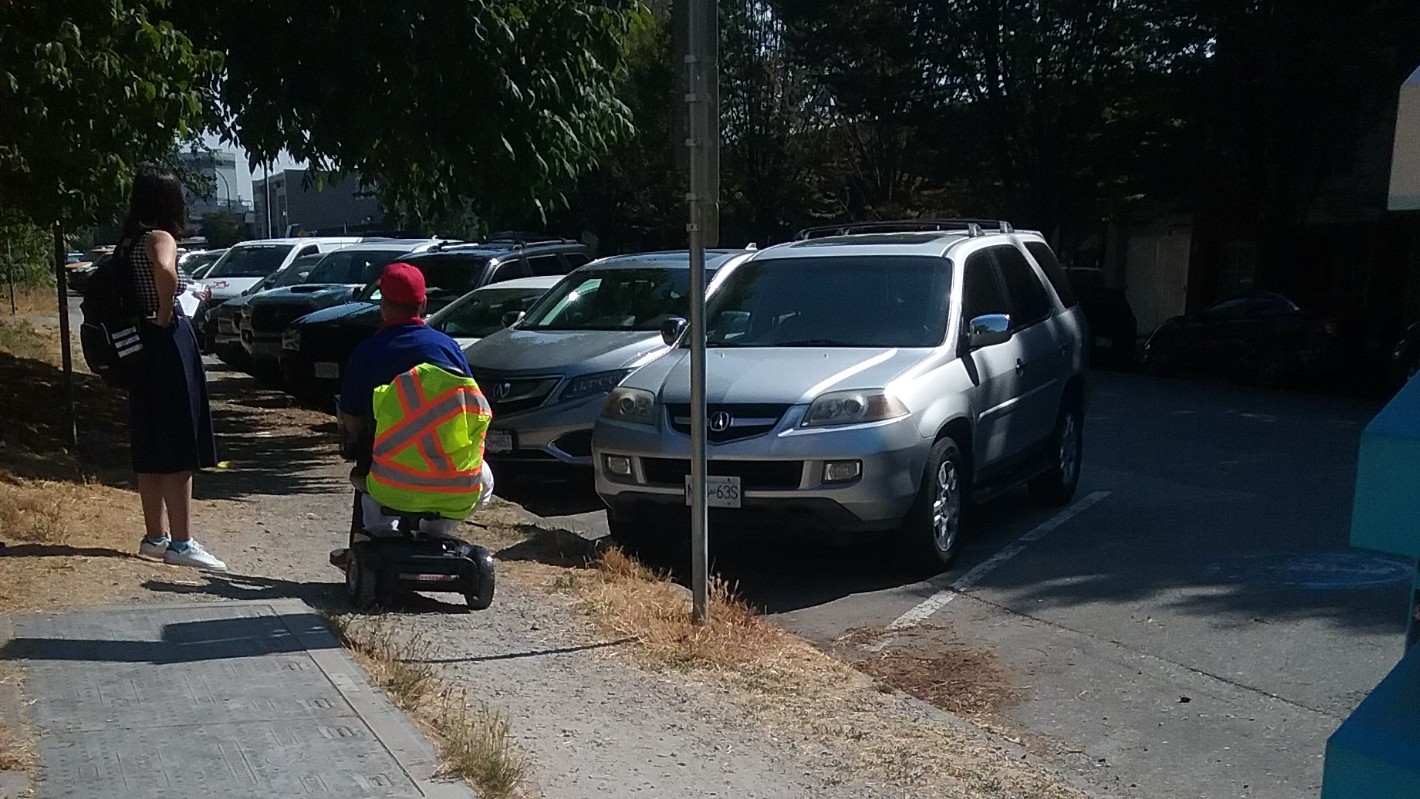
The purpose of this protocol is to describe the methodology for a study including three main objectives: (1) to understand the places people using MAT go and the things they do, (2) to identify perceived barriers and facilitators as well as users’ desired environmental modifications, and (3) to understand subjective and objective issues related to environmental accessibility.
-
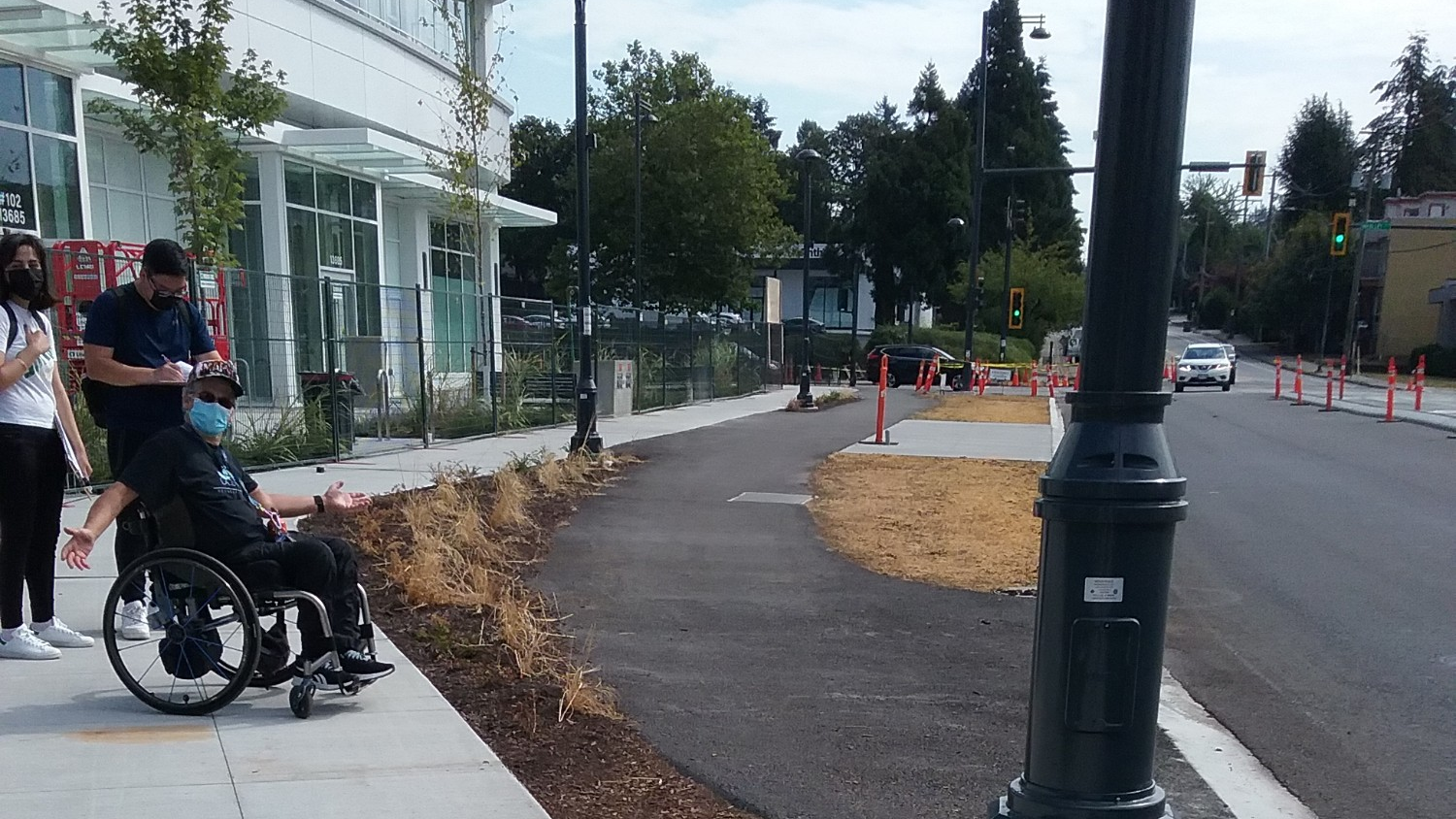
This chapter presents the results of neighbourhood builtenvironment audits and photo elicitation from a study conducted in the Greater Vancouver Area in British Columbia (BC) to explore the barriers and facilitators encountered by older MD users.
-
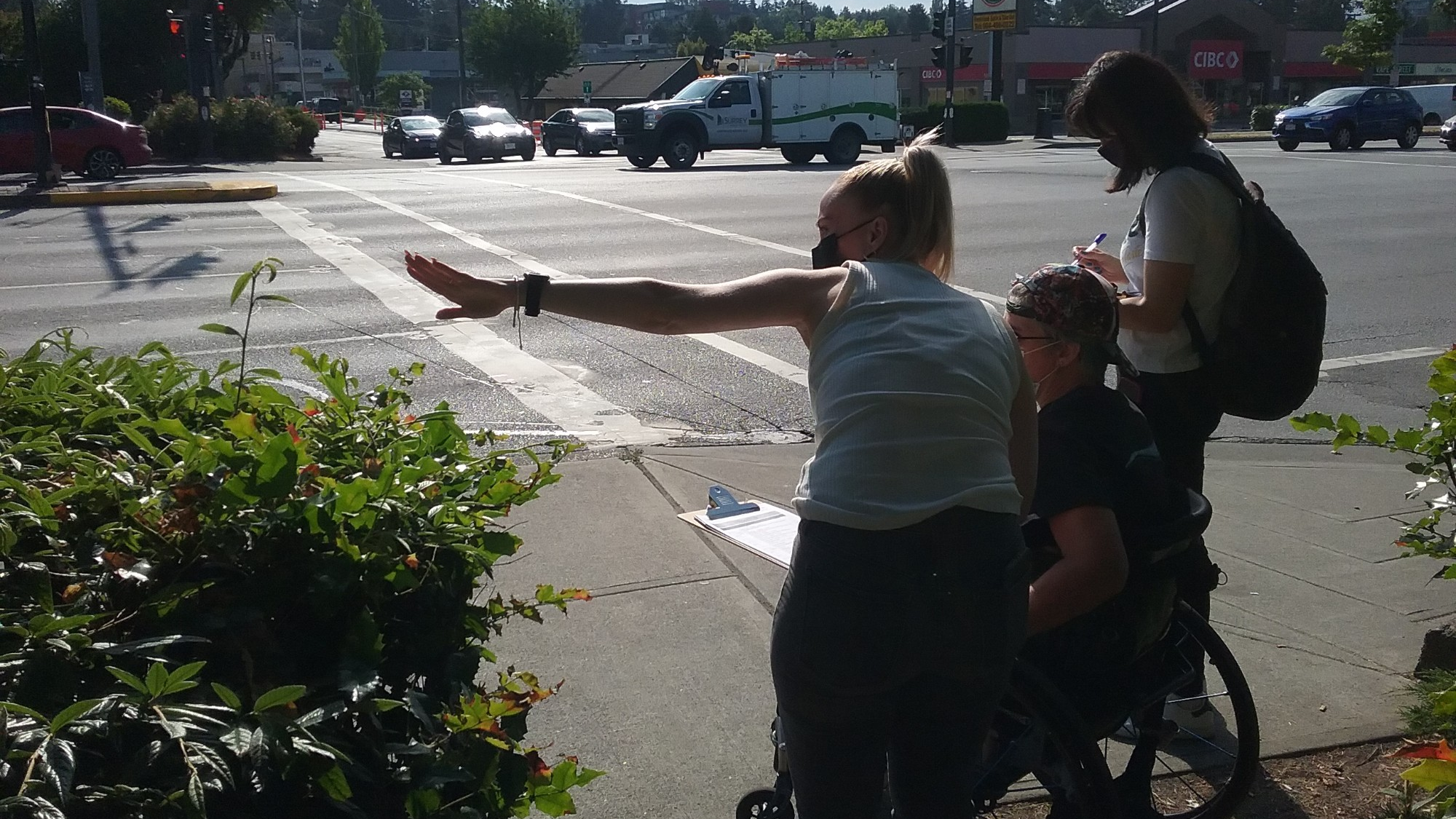
This paper presents a systematic literature review on the impact of the neighborhood physical environment on mobility and social participation among people using mobility assistive technology (MAT).
-

Recent critical evaluations of age-friendly efforts have highlighted the need to prioritize the disenfranchised, including people with mobility limitations. This article examines the validity of a 13-item Stakeholders Walkability/Wheelability Audit in Neighborhoods (SWAN13) scale to measure the “walk/wheelability” of street segments from the perspectives of people with mobility limitations.
-

This paper conducted an intersectional analysis to explore how demographic characteristics and mobility device use were associated with psychological distress (depression and anxiety) and confidence negotiating physical and social environments.
-
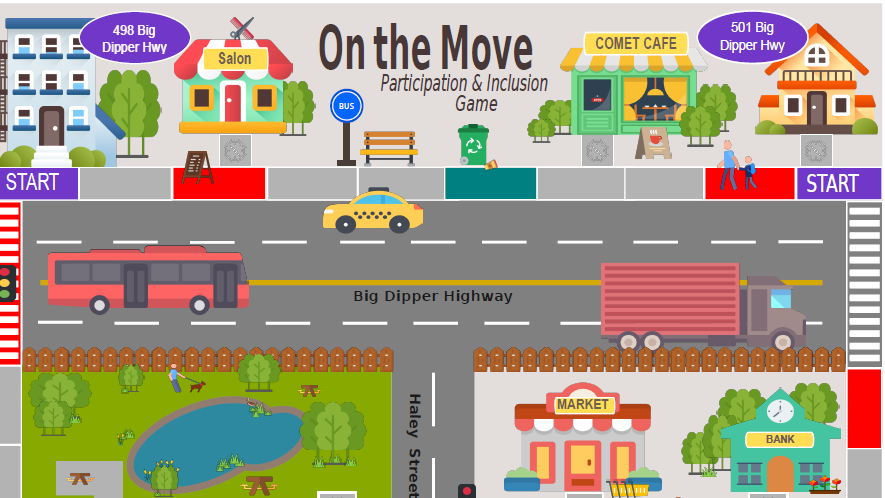
The goals of this mixed-method study were to develop knowledge mobilization (KM) strategies to share experience-based findings on accessibility and evaluate their impact for various urban stakeholders. Using a participatory approach, various KM strategies were developed including videos, a photo exhibit and an interactive game.

